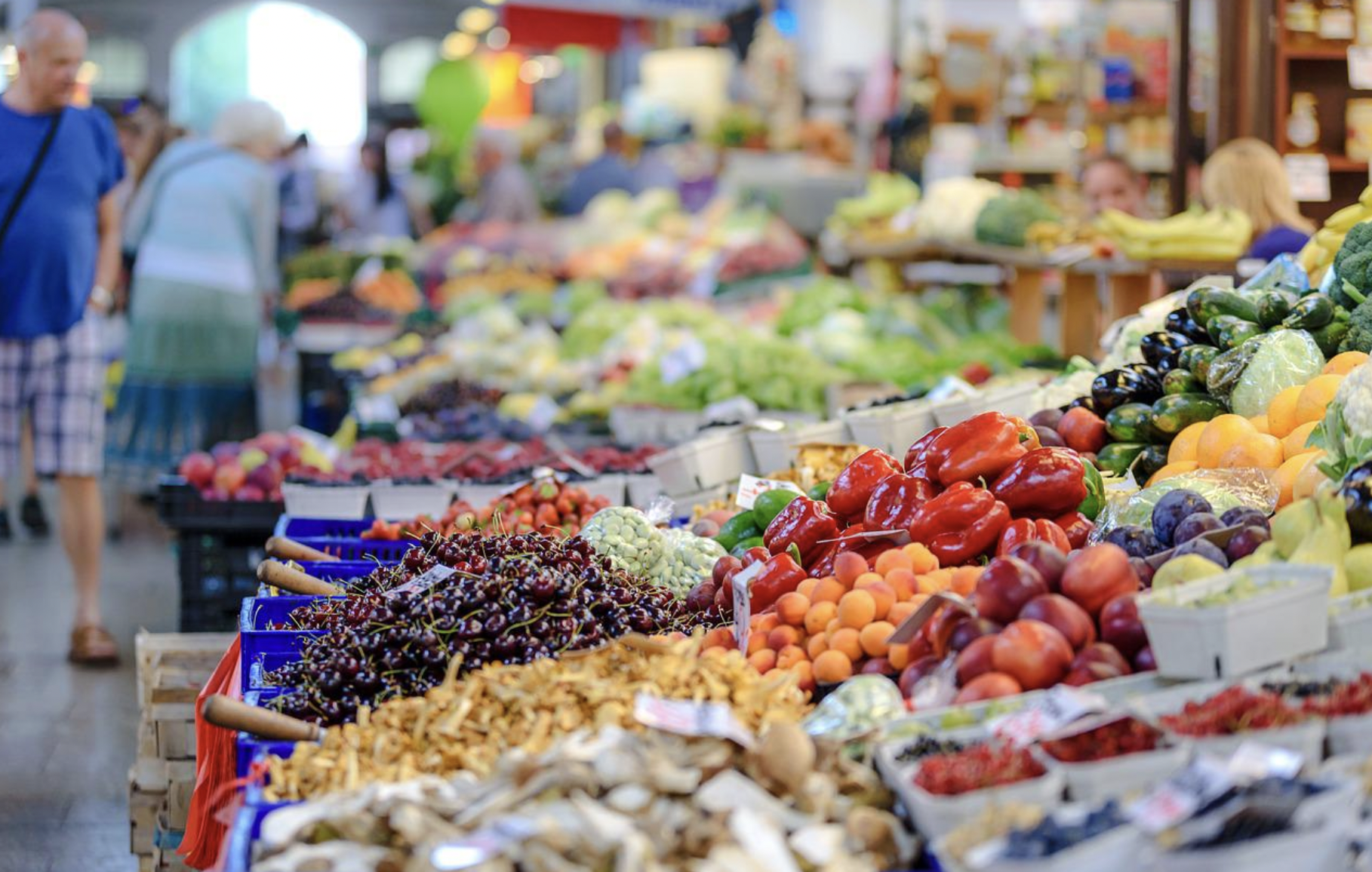Pénzcentrum tested it: what used to be 5,700, now costs customers 10,000
Although the annual average inflation rate is 15.6 percent according to the latest data, there are plenty of products, especially food, whose prices have skyrocketed in comparison.

Certain product prices have risen drastically
Examples include pastry flour, Trappist cheese, milk margarine and bread. However, Hungarians buy a lot of these products, so it is no wonder that when paying at the cash registers of stores, people feel that inflation is not 15 percent, but many times that. Portfolio’s example calculation revealed, for example, that the average price of the 10 most expensive foods rose by a total of HUF 4,000 (!) in a single year.
However, the brutal average annual price increase is only the tip of the iceberg, the price of some products increases much more cruelly than this number. The average price increase for food, for example, is already 30.9 percent, but you also have to pay an average of 14.8 percent more for durable goods than at this time last year.
Meanwhile, prices for alcoholic beverages and tobacco products also increased by an average of 13.1 percent in the period under review. And if that wasn’t enough, the price of pet food increased by 40.3 percent, bottled gas by 27.4 percent, home repair and maintenance items by 26.7 percent, and personal care items by 20.3 percent. If, however, you go to the store to shop, you will encounter much more shocking than these already eye-popping average price increases.
Related news
The Hungarian Confederation of Economic Workers also spoke out regarding the inflation data
🎧 Hallgasd a cikket: Lejátszás Szünet Folytatás Leállítás Nyelv: Auto…
Read more >FAO: International food prices have been declining since September
🎧 Hallgasd a cikket: Lejátszás Szünet Folytatás Leállítás Nyelv: Auto…
Read more >K&H: what does child inflation show?
🎧 Hallgasd a cikket: Lejátszás Szünet Folytatás Leállítás Nyelv: Auto…
Read more >Related news
(HU) A nap mondása
🎧 Hallgasd a cikket: Lejátszás Szünet Folytatás Leállítás Nyelv: Auto…
Read more >(HU) Kautzky Szemők Adrienn: Vigyázzunk a sarlatánokkal
🎧 Hallgasd a cikket: Lejátszás Szünet Folytatás Leállítás Nyelv: Auto…
Read more >The Hortobágy fish farm delivers one hundred tons of fish to stores every day
🎧 Hallgasd a cikket: Lejátszás Szünet Folytatás Leállítás Nyelv: Auto…
Read more >






